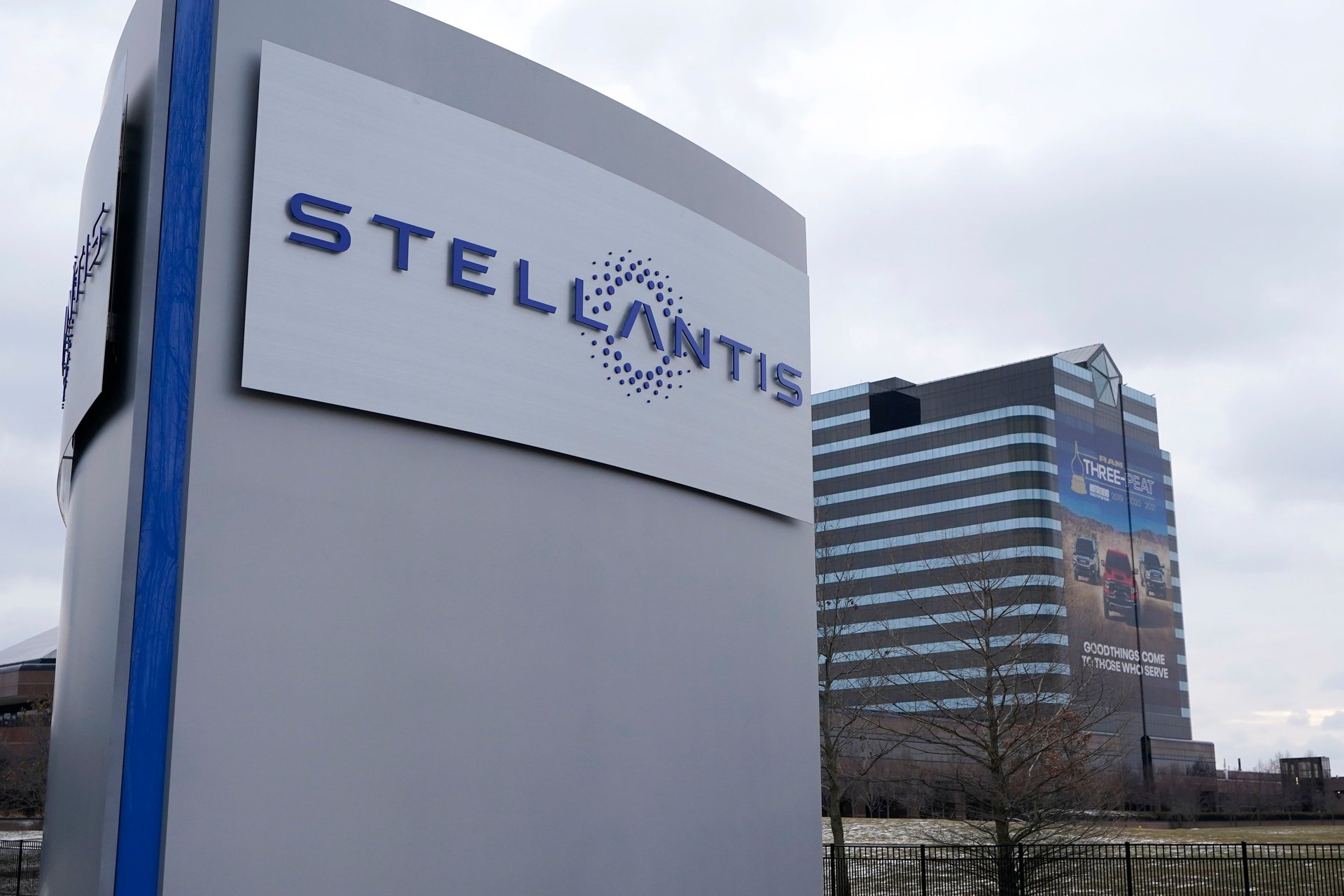Maker of Jeep, Dodge and Ram vehicles to follow California's strict emissions standards
A major automaker made a deal with California to cut greenhouse gas emission from cars as the state transitions away from gas-powered vehicles

SACRAMENTO, Calif. (AP) — Stellantis, one of the largest automakers in the world, agreed Tuesday to comply with California's vehicle emissions standards that are the toughest in the nation and require zero-emission and plug-in hybrid vehicles to make up 68% of new light-duty vehicle sales by 2030.
Suggested Reading
The move by the company that makes vehicles for Chrysler, Dodge and Jeep was seen as a boost to Democratic Gov. Gavin Newsom's ambitious policies to curtail global warming. The Biden administration restored the state's authority to set its own tailpipe pollution standards for cars in 2022 after former President Donald Trump’s decision to revoke California’s authority to set its own limits on auto emissions. It was one of Trump's most high-profile actions to roll back environmental rules he considered overly burdensome on businesses.
Related Content
Stellantis now joins four big automakers -- Ford, Honda, Volkswagen and BMW – that agreed to follow California’s rules in 2019. The Trump administration then launched an antitrust investigation of those companies, but eventually closed it after failing to find any wrongdoing.
Stellantis CEO Carlos Tavares called Tuesday’s agreement “a win-win solution that is good for the customer and good for the planet” in a statement.
Newsom's office said Stellantis will avoid adding up to 12 million metric tons of greenhouse gas emissions through 2026, which is equivalent to emissions from more than 2.3 million vehicles annually.
The company also agreed to spend $4 million on installing electric vehicle chargers in parks and rural areas in California, Newsom's office said, while Stellantis will spend another $6 million on charging infrastructure in other states that choose to adopt California’s rules.
“We are all in — enthusiastically committed to this transition,” Newsom said. “This is about jobs. This is about economic growth. This is about dominating one of the next great economic sectors.”
Since the 1970s, the federal government has allowed California to set its own rules for how much pollution can come from cars and trucks. These rules are tougher than the federal standards because California has the most cars on the road and struggles to meet air quality standards.
California has been aggressive in trying to eliminate pollution from gas-powered cars and trucks, though the Biden administration has not yet granted it authority to enforce its ban on the sale of new gas-powered cars by 2035.
State regulators approved rules to phase out the sale of new fossil fuel-powered cars, trucks, trains and lawn equipment. The railroad industry has sued to block new rules they say would force the premature retirement of about 25,000 diesel-powered locomotives. But some auto makers have pledged to voluntarily follow California’s new rules, avoiding lawsuits that could potentially delay their implementation.
California Air Resources Board Chair Liane Randolph said the deals between the state and automakers to cut emissions will help the auto industry prepare for a transition away from gas-powered vehicles.
“This really allows for industry to have certainty in how they are going to work with government to achieve that zero-emission future,” she said.
___
Associated Press writer Adam Beam contributed to this report.
___
Austin is a corps member for The Associated Press/Report for America Statehouse News Initiative. Report for America is a nonprofit national service program that places journalists in local newsrooms to report on undercovered issues. Follow Austin on X, the platform formerly known as Twitter: @sophieadanna